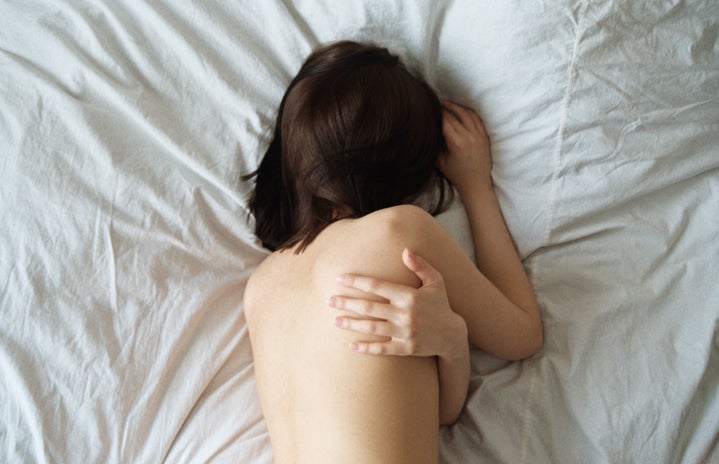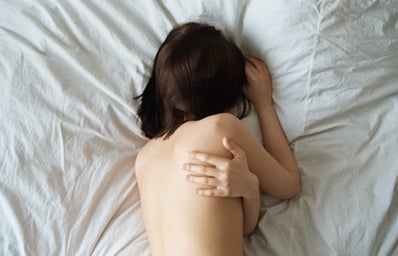When The Tate Gallery first displayed ‘My Bed’ in 1999, it was considered by many to be a turning point towards ‘confessional’ artwork. The piece, Emin’s unmade bed and its distinctively messy surroundings, comes as the result of a depressive episode, following a breakup. Despite the emotions following a breakup being a very familiar and relatable sensation, it was met with somewhat mixed reviews. This was partially due to how raw and shocking this artwork was, with items such as a pregnancy test, empty vodka bottles, condoms, lube and clothing stained with menstrual blood. Though depression has been depicted in artwork throughout history, such as Cezanne’s ‘Sorrow’ (1867), Emin’s work was more overt than most, if not all, that had come before it.
The 1990s were a time of heavy stigmatisation around mental health, with many people still feeling the need to repress their emotions and essentially ‘push through’. Therefore, it is no surprise that there was such a variety of feedback regarding Emin’s work. Everybody had an opinion. It is also of note that the artwork closely refers to the feminine, such as the pregnancy test and menstrual blood, which only sparked further intrigue and debate.
In the 24 years since, how we communicate, specifically overshare, with one another has undergone a radical transformation. Naturally, this can largely be accredited to the rise of social media. In the age of ‘messy’ being seen as an aesthetic, largely influenced by the recent desire of celebrities to be perceived as more relatable, it can be argued that ‘My Bed’ is no longer necessary in the way that it once was. Perhaps this is best summarised by Sarah Crompton, who states: ‘For me, Emin’s pain is hers, not mine. As its moment passes, so does its relevance’. You could argue that though Emin’s work may have played a role in paving the way for a more open dialogue in the ’90s, it is now mostly defunct. Open any form of social media and you can find ten scenes mimicking ‘My Bed’ within minutes. Today we have platforms which exist purely for the exposure of unfiltered thoughts and views, so why should a ‘depression pit’ that’s older than I am still inspire shock and awe?
On the contrary, I’d argue that Emin’s work is more important now than it ever has been. There is an argument that ‘My Bed’ was necessary for a greater understanding of mental health as a collective. In a society largely resting upon discretion, Emin blew the conversation wide open with her work’s invaluable frankness. It has certainly paved the way for wider, more honest discussion in the long term. In protecting our own well-being, we must be honest with ourselves. We must channel Emin in the candid ways in which we inspect our lives. In order to improve our well-being, we must first take time to identify its pitfalls. Historically, this has been a taboo practice, to the detriment of the masses.
In this seemingly oxymoronic era of both curation and supposed authenticity, it is crucial to reflect upon the validity of our surroundings, especially on social media. Personally, I find Emin’s work elicits a sense of comfort that is near impossible to find amongst an endless sea of ‘realistic’ morning routines and ‘sad girl’ aesthetics. It is gritty and bleak; equal parts crude and tender. It is honest and it is bare. It serves as a reminder that mental illness should never, ever be romanticized.
If you or someone you know is seeking help for mental health concerns, call the NHS on 111. For free listening services, call 116 123 to talk to Samaritans, or text “SHOUT” to 85258 to contact the Shout Crisis Text Line, or text “YM” if you’re under 19.


